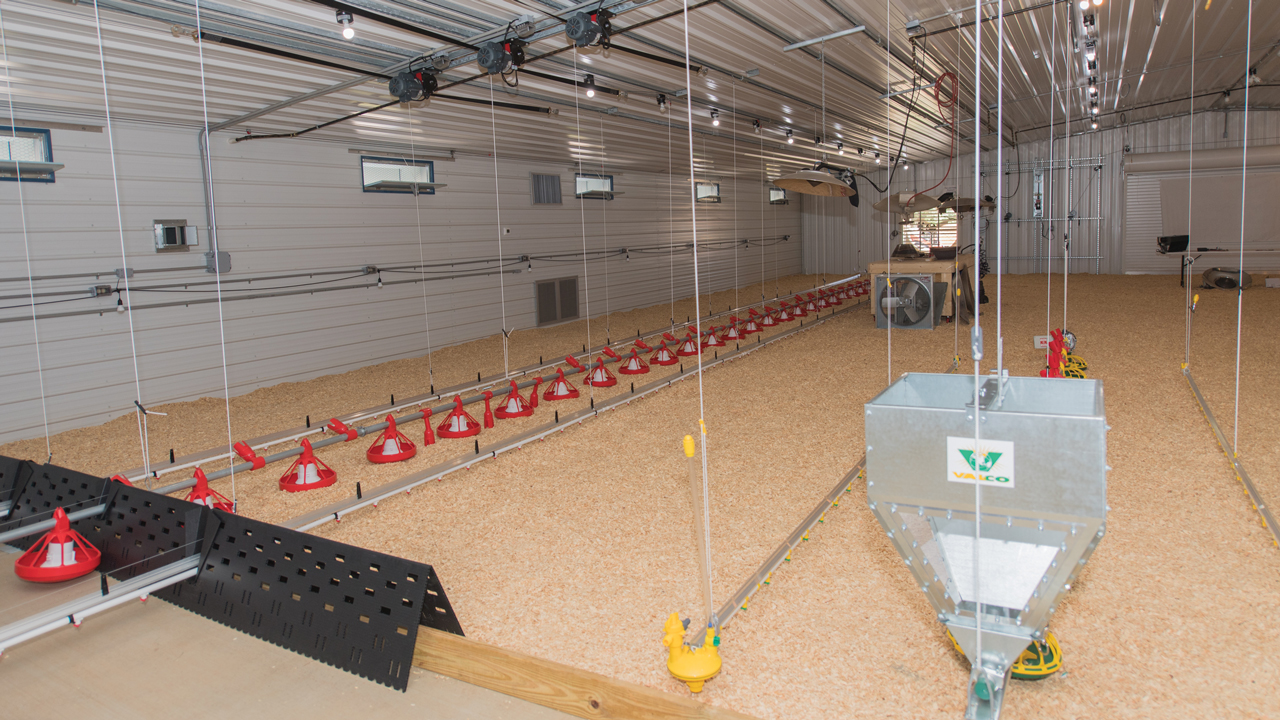Supporting Family Farms Through Poultry Research
Research conducted at the National Poultry Technology Center helps Alabama's family farmers with profitable decision-making tools.
By Alyssa Turner

The poultry supply chain is in high demand after the chicken sandwich wars.
Poultry production is the No. 1 agricultural commodity in Alabama, and in the United States, poultry is the most consumed meat. By providing applied research and education to increase the efficiencies of housing, equipment energy and environmental control, the National Poultry Technology Center (NPTC) works to improve the profitability of the many family farms supporting the U.S. poultry industry.
“Our emphasis is to improve the economic viability of poultry production facilities to meet market demand,” said Jesse Campbell, assistant extension professor.
To preserve a farm from catastrophic loss, the NPTC aids in decisions to implement cost-efficient methods. For a grower in North Alabama, the price of water is economically equivalent to gas after the substantial rise of water costs. The NPTC tackled the problem and implemented a rainwater harvesting system with full-house farm functionality. By capturing and re-filtering the water, the system cut water costs by 190%.
“We solve immediate problems through training and fieldwork,” explains Jeremiah Davis, NPTC director. “Our direct stakeholders are the growers, and they need help now.”
The facility has provided hands-on workshops to several thousand attendees from over 20 countries and 35 states. Now, the center is re-focusing its efforts on the digitalization of agricultural research to allow its services to be more accessible. Partnering with the Alabama Cooperative Extension System, the NPTC expanded its outreach by developing the first-of-its-kind smartphone application, Poultry Farming Toolkit. The app features a service and maintenance checklist accompanied by calculators for minimum ventilation, evaporative pads and radiant heat. For Davis, quantitative data is unable to capture the extent of the facility’s outreach.
“We grew up around farming, and we want it to stay,” he said. “We know the center has made its mark after we hear our growers say, ‘You helped me save my farm.’”

